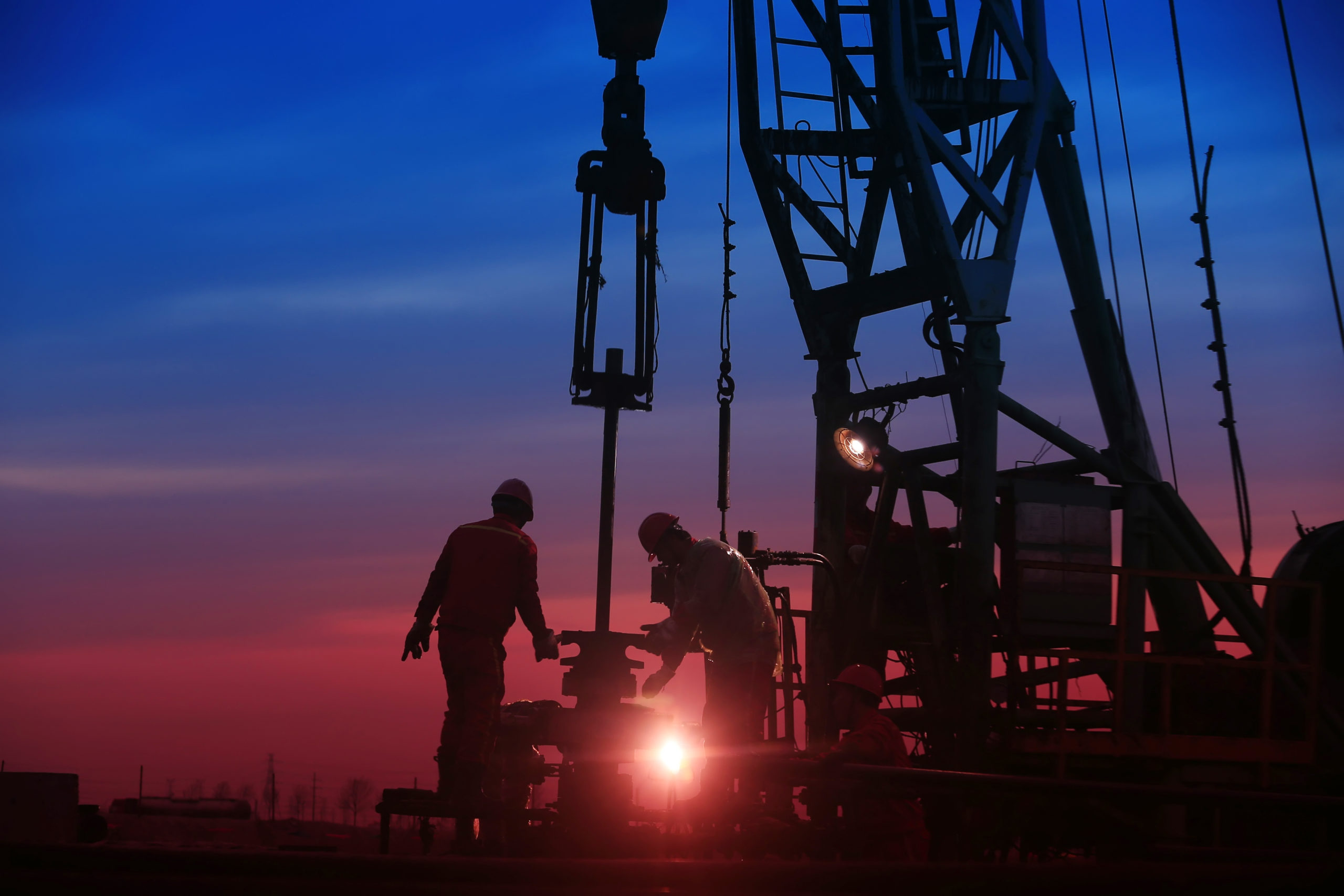Is Cyprus running out of gas export options?
Cyprus has been a potential player on the East Mediterranean natural gas stage since the Aphrodite discovery in 2011, but a decade later there is still no indication of how or when its gas might reach either the domestic market or export destinations.

Cyprus has been a potential player on the East Mediterranean natural gas stage since the Aphrodite discovery in 2011, but a decade after that first discovery there is still no indication of how or when Cypriot gas might reach either the domestic market or export destinations.
Far from Cyprus consuming its own gas any time soon, the island is preparing to import liquefied natural gas (LNG) to meet domestic demand.
Aphrodite, in offshore Block 12, has estimated reserves of 4.1 trillion cubic feet (tcf). Since its discovery in 2011, Cyprus has recorded two further offshore finds: Calypso in Block 6, with between 6 and 8 tcf; and Glaucus Block 10, with between 5 and 8 tcf.
Today, if anything, the export prospects look even less promising. Many in Cyprus had pinned their hopes on a planned pipeline to transport Israeli and Cypriot natural gas via Greece to markets in Europe – deliberately bypassing Turkey. In January, the United States dropped its support for the project, just as the European Union’s interest in major hydrocarbons investment schemes was also fading.
Always a questionable proposition in terms of both cost ($6 billion) and engineering challenges (to lay a subsea pipeline 1,900 km in length), the EastMed project is effectively dead – surprising, perhaps, when gas demand in Europe these days is strong, with record-high prices.
But Charles Ellinas, an East Med energy analyst and Senior Fellow at the Atlantic Council’s Global Energy Centre, says the pipeline idea was never economically sound. Regardless of today’s market conditions in Europe, the pipeline would be viable “only if it could sell its full capacity of gas at less than $8 per million British thermal units over a twenty-year period to 2045. With Europe committing firmly to a 55% cut in emissions by 2030 and net-zero by 2050, this is not possible.”
So Cyprus needs to think again. In the past it considered investment in an onshore LNG plant for its own and other sources of East Med gas. But cost considerations put paid to that suggestion.
On paper, Cyprus’ obvious market is Turkey, its huge neighbour just to the north with a vast appetite for more natural gas. But Cyprus and Turkey are enemies. The Turkish army has occupied the northern part of the divided island since 1974, and the Ankara government lays claim itself to parts of Cyprus’ offshore blocks. Turkey insists Cyprus should refrain from exploiting energy reserves before a settlement of the island’s dispute to enable both Turkish Cypriots and Greek Cypriots to share the financial benefits.
The Cyprus problem casts a big shadow. For years, the Cyprus government viewed gas through the lens of that problem, rather than monetising Aphrodite without delay while European gas prices were high and stable. Cypriots hoped that a subsequent major discovery might force Turkey to make concessions. That major find never occurred; and now market conditions are against Cyprus.
At the same time, the latest geopolitical indicators are not encouraging. The US said that its dropping of support for the East Med pipeline resulted in part from a desire not to destabilise the region further – a reference to Turkey’s strong opposition to the project because of its exclusion on political grounds. Instead, the US wants greater regional cooperation in the form of interconnection of power grids.
Fiona Mullen, Director of Cyprus-based Sapienta Economics, says that with the US declining to back anything that will increase geopolitical tensions in the East Med, “I don’t think gas from Cyprus can be monetised without some kind of deal with Turkey. It doesn’t require a comprehensive settlement of the Cyprus problem, but it needs some kind of interim arrangement that would need a lot of international diplomacy to pull off.” Given the years of mutual distrust, the prospects of this happening are slim.
Another export option is Egypt, home to two existing LNG plants. There has been much talk of pipelines linking East Med discoveries to the Egyptian mainland. Again, Ellinas says, it comes down to cost. “Cypriot gas will be exported to Egypt only if it can be sold at low prices, competing with prevailing prices in Egypt,” he adds. “It’s not realistic.”
Some big players have invested in Cypriot offshore development, including Chevron, ENI, ExxonMobil, Shell and Qatar Petroleum. But in Ellinas’ view, the majors’ strategy today and for the foreseeable future is “to control spending, focus on high-return projects and maximise investment in clean energy. With Cyprus being a frontier area with no infrastructure I don’t see them investing in developing projects off Cyprus this side of 2030.”
Mullen is equally pessimistic. She believes Cyprus gas “is already a stranded asset” in terms of export potential. There might be a role, she adds, “for gas as feedstock for power stations that then link to planned regional interconnectors, carrying electricity generated by gas and renewables. But again, without broader regional cooperation, it will be difficult to achieve.”
Not surprisingly, therefore, the 2011 Aphrodite discovery that Cypriots thought would unlock a future of gas-based prosperity is a fading memory.
